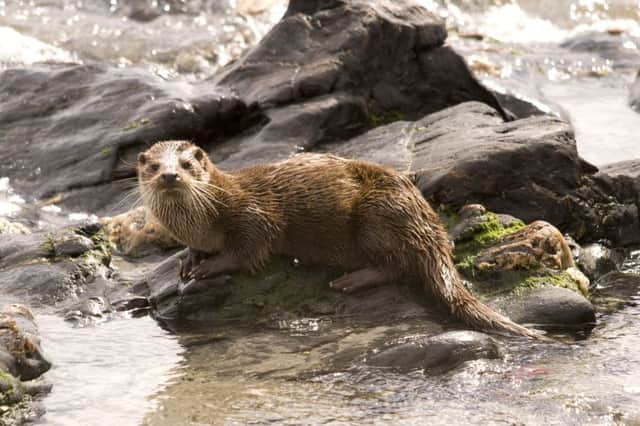LIANNE DE MELLO: Top tips for spotting an elusive otter


These shy and elusive creatures nearly went extinct during the middle of the 20th century as a result of persecution and also poisoning from certain pesticides.
However, after huge amounts of work by conservation organisations like the Wildlife Trusts, otters have now returned to rivers in every county in England.
Advertisement
Hide AdAdvertisement
Hide AdThe phasing out of certain pesticides and huge efforts to improve water quality in our rivers, fish returned to our waterways – and with them, otters.
They’re a flagship species of our wetlands – if you see an otter about, you know that the local ecosystem is relatively healthy.
There are key tracks and signs that otters are out and about on rivers near you.
You may spot otter runs along the river’s edge.
Look out for trampled vegetation, and a circular gap in the reeds where otters slip seamlessly through into the water.
Advertisement
Hide AdAdvertisement
Hide AdOtters often leave smelly spraint (dung) on tree roots, riverside rocks and under bridges as markers to mark their territory for other otters. Look closely and you’ll be able see what’s been on the menu – fish bones, frog bones or feathers.
Otter footprints are very distinctive. Look out for 2in wide five-toed webbed footprints in soft mud
If you’re really lucky, you might get to see one yourself.
They’re fast, agile swimmers, so can be difficult to identify.
Watch along the edge of reedbeds, where otters often hunt. Look out for a mammal, just more than 3ft long, swimming very low in the water, with only its head showing.
It’ll often dive for fish, leaving a trail of bubbles.
Lianne de Mello is from Hampshire and Isle of Wight Wildlife Trust